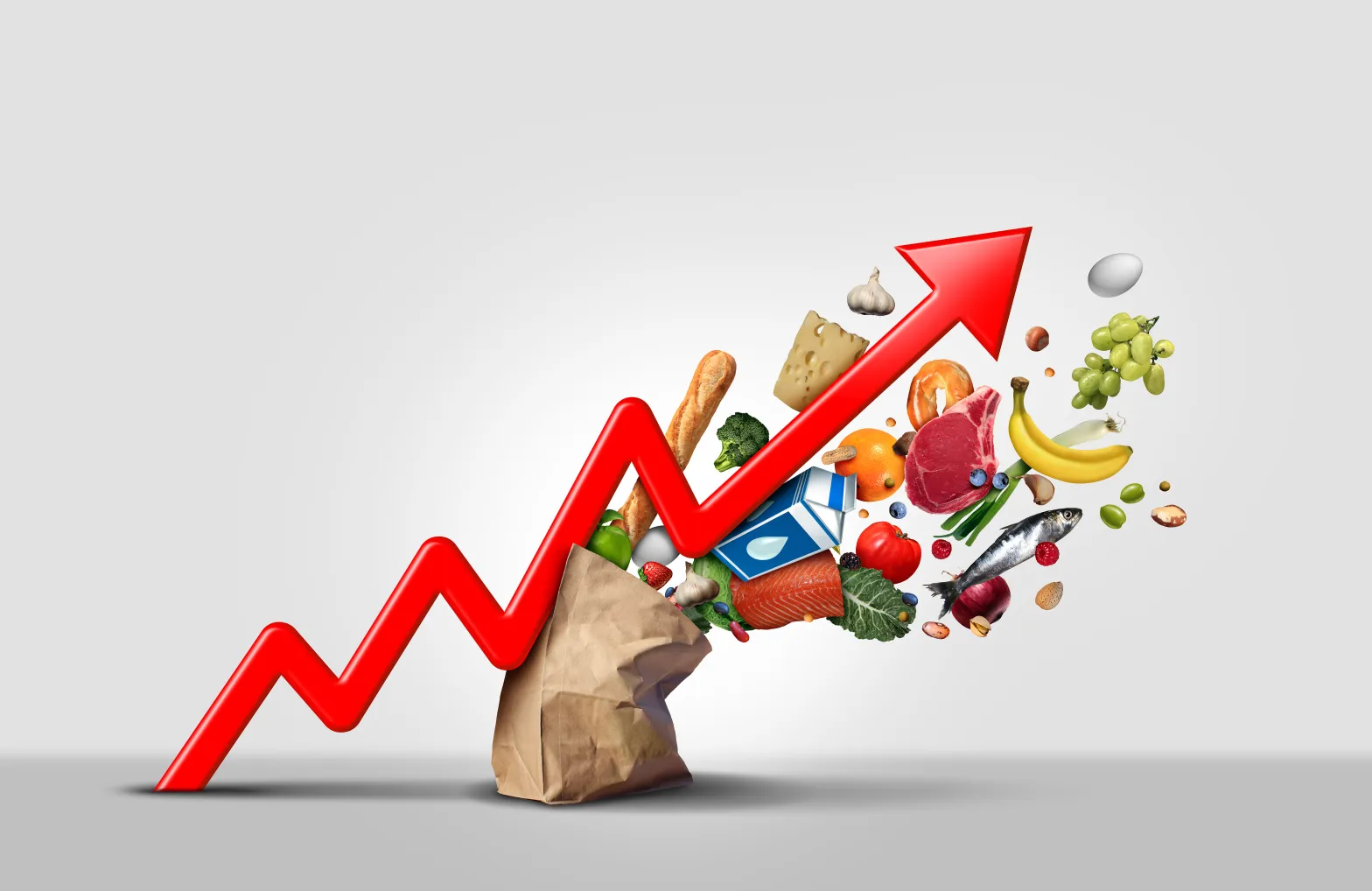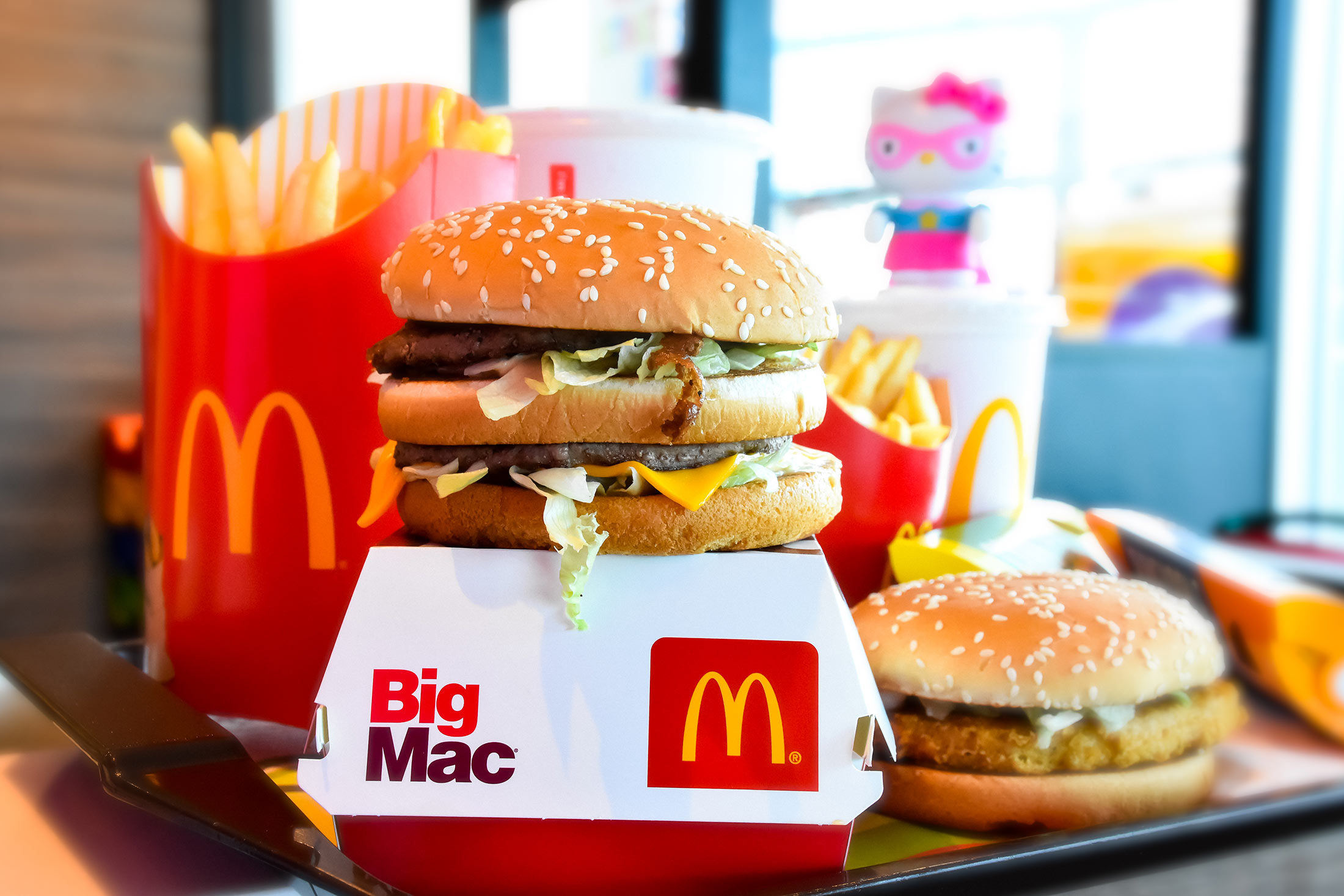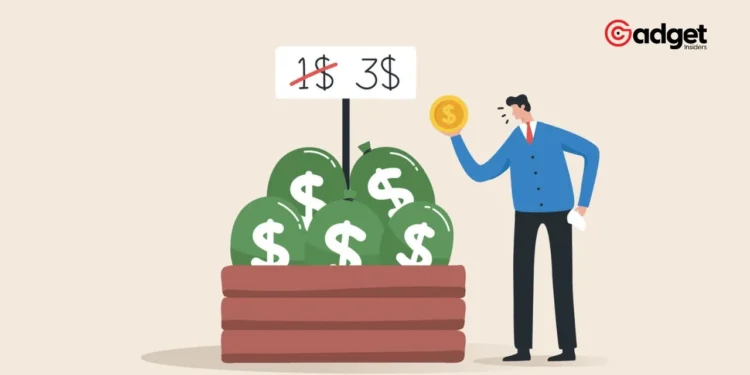In an economy where the Consumer Price Index (CPI) continues to inch upward with a 3.4% rise over the past year, the ripple effects are felt everywhere, from the gas pump to the grocery aisle. Notably, the most basic necessity—food—has seen varying degrees of price hikes, with the index for food at home showing a modest increase of 0.3% from March to April. Despite these subtle shifts, the pain at the checkout is real and increasingly pushing consumers toward more budget-friendly dining options.
Interestingly, while the monthly cost for groceries remains relatively stable, dining out has become significantly more expensive. According to the latest CPI report, the cost index for limited and full-service meals rose by 0.3% in April, mirroring the increase observed in March. These figures are reflective of a broader trend where eating out is no longer just a meal but a financial decision.

Walmart’s Price Strategy Shifts Consumer Behavior
As families become more cautious with their spending amidst ongoing price increases, giants like Walmart are noticing a shift in consumer behavior. During a recent earnings call, Walmart CFO John Rainey highlighted this trend, noting an uptick in grocery penetration and strong sales growth, particularly in private brand sales, which rose by 0.3% in Q1.
Dining out costs rise, despite food price normalization, reflecting persistent consumer concerns over economic inflation.#inflation #food $MCD pic.twitter.com/4nsq6Zrlga
— Thomas Peters (@thomasopeters) February 20, 2024
“Consumers continue to be even more discriminating with every dollar that they spend as they faced elevated prices in their day-to-day spending which is putting pressure on the QSR industry,” noted McDonald’s CEO Chris Kempczinski. His remarks underscore a notable slowdown in traffic across almost all major markets, a trend that has fast food joints reeling from the impact of inflated menu prices.
Walmart U.S. CEO John Furner pointed out the advantages of this shift for the retail behemoth, stating, “The consistent rollbacks we use to remain price competitive have been edging out other potential meal providers.” This strategic pricing is making Walmart a preferred choice for those opting to cook at home rather than splurge on pricier fast food options.

A Tough Bite for Fast Food: McDonald’s and Starbucks Feel the Heat
The scenario at McDonald’s paints a stark picture of the challenges facing the fast food industry. With menu prices having skyrocketed by 100% since 2014—more than tripling the national inflation rate—it’s becoming harder to justify a quick meal out. Starbucks, too, has felt the pinch, missing revenue expectations by 6.49% and witnessing a 4% drop in comparable store sales.
The disparity in cost between eating at home and dining out has never been more pronounced. “It’s roughly 4.3 times more expensive to eat out than it is to eat at home,” Rainey added, emphasizing the economic advantage this provides to businesses like Walmart that cater to cost-conscious consumers.

Conclusion: The Balancing Act of Dining and Spending
As the landscape of our dining habits continues to evolve under the weight of economic pressures, the path forward for consumers seems increasingly centered on value and necessity. While the allure of dining out remains, the financial feasibility of it is becoming more challenging. In this climate, Walmart’s strategy of competitive pricing and focus on private brand sales may not only offer relief to consumers but also position it as a formidable contender in the battle for their budgets.
This shift could redefine the way we think about meals, turning the simple act of eating into a strategic financial decision. As we navigate through these inflationary times, the choice between the convenience of a restaurant meal and the economy of a home-cooked dinner is becoming more pronounced, making it clear that the cost of dining is more than just the price on the menu—it’s about the impact on our wallets.










